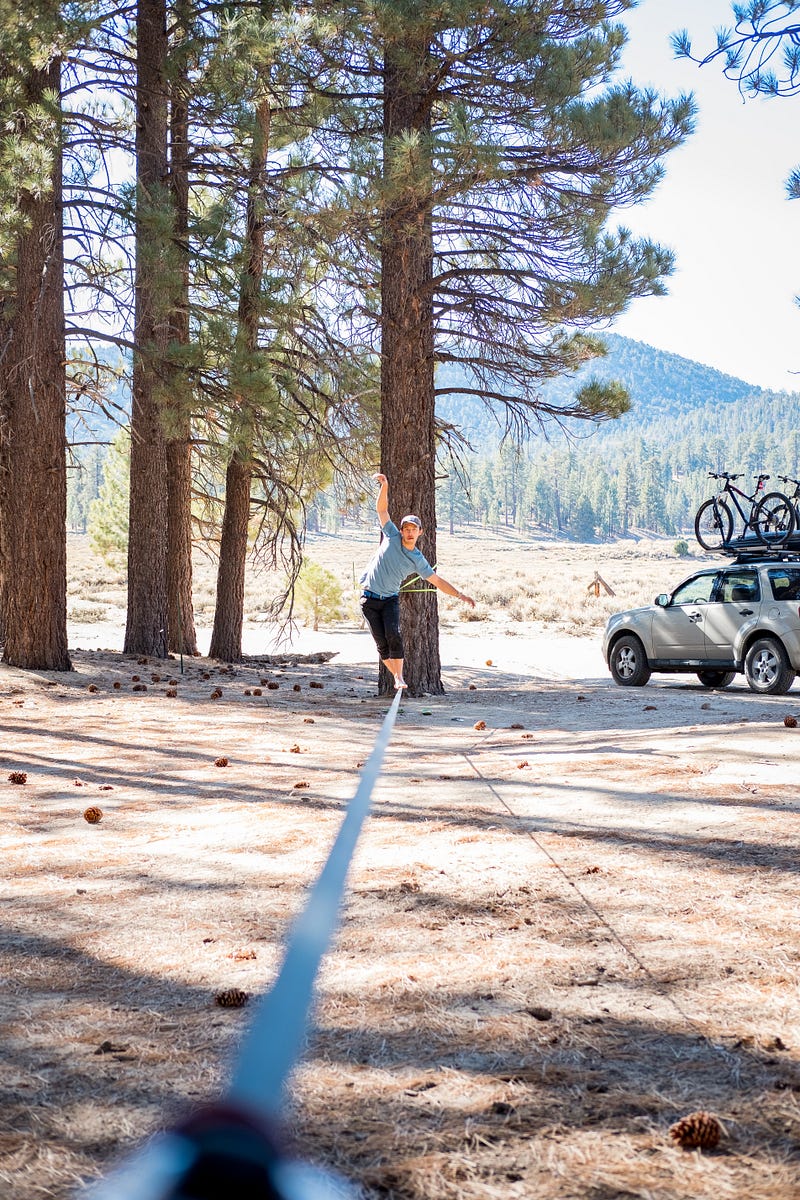How to make time for great teaching
The Grattan Institute’s report Making time for great teaching: How better government policy can help identified that 92% of Australian teachers say they always or frequently do not get enough time to prepare for effective teaching.
Furthermore, 86% of the 5,442 teachers surveyed reported they always or frequently do not get enough time for high-quality lesson planning.
What’s your experience?
It caused me to reflect on my time with teachers and school leaders across systems and regions. This is a long-standing issue I have experienced first-hand when consulting with schools or facilitating design sessions.
The Sanctity of Planning Time
As teachers, our non-contact time for planning or learning design is precious. It is a vital part of our week, and when we are working with a great team, time to look forward to.
In one of the schools I worked at, we had this little room next to our classrooms, always cold. It was a stock room with a drippy sink, dodgy shelves of readers and resources and a door to the playground.
My Year 5 team would cram in there as best we could to look ahead to the next week of curriculum and learning.
This was a precious opportunity to collaborate and design, problem solve and ponder. And a brew and biscuit, of course.
‘Mr Barrett, do you have a minute…?’
The killer was interruptions.
It takes, on average, 23 minutes to refocus after an interruption.
It is fascinating to consider the way interruptions impact how we work afterwards:When people are constantly interrupted, they develop a mode of working faster (and writing less) to compensate for the time they know they will lose by being interrupted. Yet working faster with interruptions has its cost: people in the interrupted conditions experienced a higher workload, more stress, higher frustration, more time pressure, and effort. So interrupted work may be done faster, but at a price.
The Cost of Interrupted Work: More Speed and Stress
My recommendation for school leaders is to exalt the sanctity of planning and learning design time.
We should know when it is happening for different teams and do everything to buffer distractions. The school community needs to normalise high-quality preparation time if they want high-quality teaching.
Effective teaching stems directly from high-quality collaboration and dialogue. To prioritise and protect the time you already create for teachers is a start.

Time to be responsive and flexible
One of the critical outcomes teachers and leaders gain from more time is adapting. There is slack in the system and the capacity to be responsive and flexible; there is inevitably a chance to reassess and re-iterate.
This can happen in small chunks (daily or weekly) and more extensive timelines (such as a term or semester).
If you remove the wiggle room, behaviours, expectations and opportunities change. There is more likely to be stasis, and chances for innovation diminishes.If you ever find yourself stressed, overwhelmed, sinking into stasis despite wanting to change, or frustrated when you can’t respond to new opportunities, you need more slack in your life.
Efficiency is the Enemy
Increase the number of time teachers have for learning design + increase the amount of slack designed into sequences of learning = Responsive, Flexible, Better Learning Opportunities.
Your Talking Points
- What tactics help you remain distraction or interruption-free?
- How do you feel when you have room and time to breathe?
- Keep a record of the type and frequency of interruptions and use the evidence to start a conversation about behaviour changes and priorities.
🕳🐇 Down the Rabbit Hole
Complement this issue with How to Cultivate Mental Playfulness #217, Habits and rituals during chaotic times #200, Conferences waste teachers’ time #113, Time for Creativity in Schools – Blog, The Battle Between Productivity and Presence – Blog






